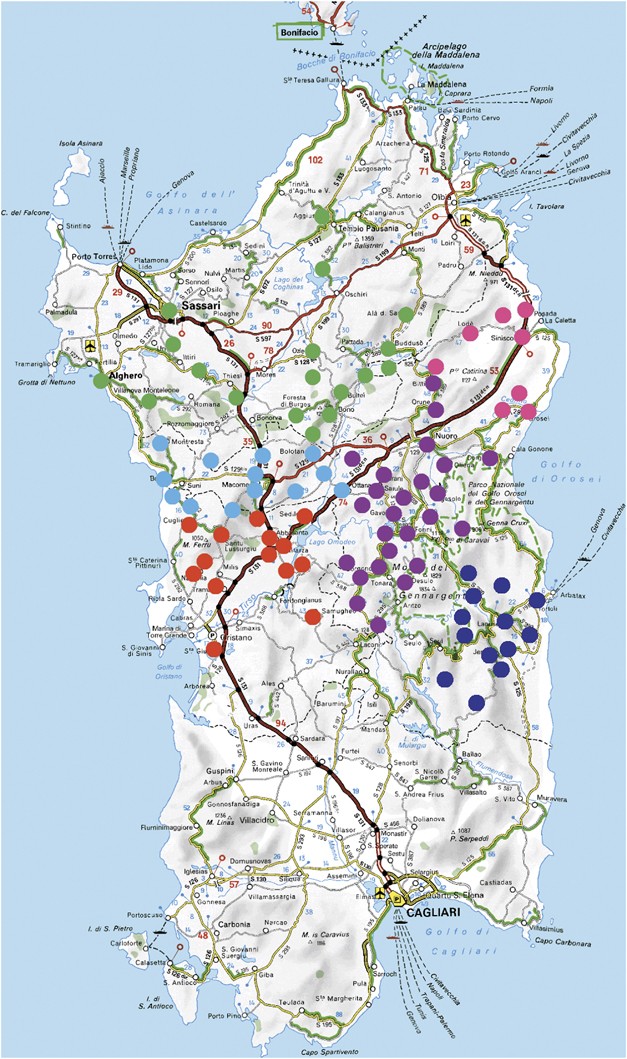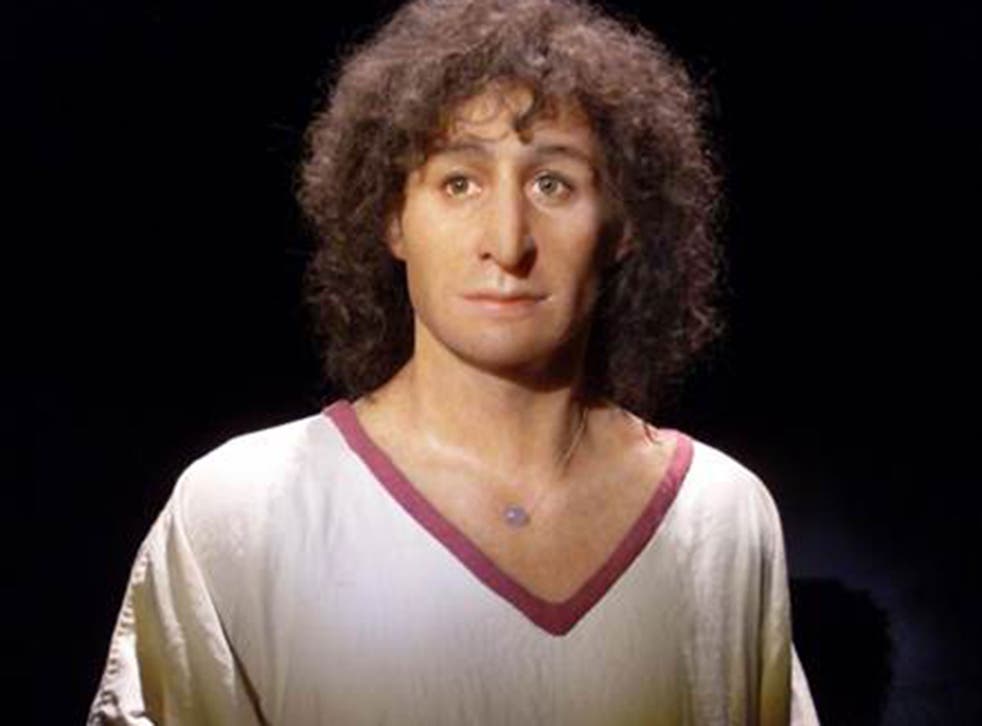kingjohn
Regular Member
- Messages
- 2,234
- Reaction score
- 1,213
- Points
- 113
i think i read somewhere that nowadays almost noone in marseille is completely french with most people having rather recent ancestry from somewhere else. probably similar with most french cities, and north africans are just a few among many others.
france was always quite cosmopolitan muslim moors likely contributed only little to the e-m81 frequency among "native" french.
Yes
As i am not going to mesure how french
A person is ..
I believe that if s person who lived in marsile for example :from 1800AD with ancestors from sardinia and corsica
Who
Want to identify as french
absorbed and adopted french culture language
marry a french woman
(that is what happen with some of the algerians like danny boon his mother is french his father kabyle algerian)
Than i see this person as french as can be
But i am not french so i can't decide for french people how to see a person
Just expressing my opinion




